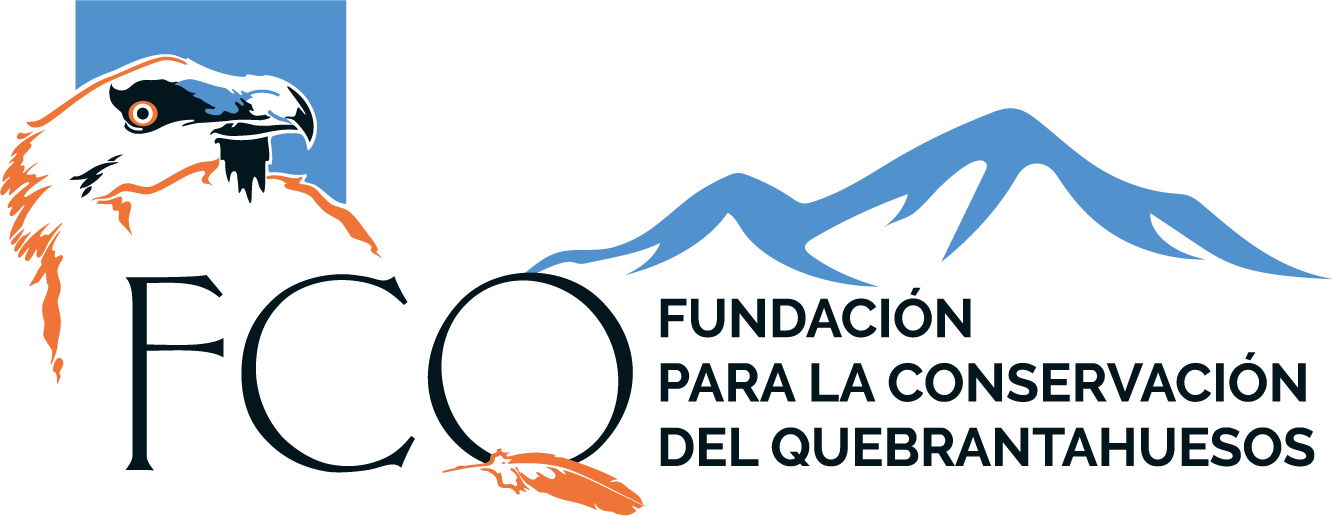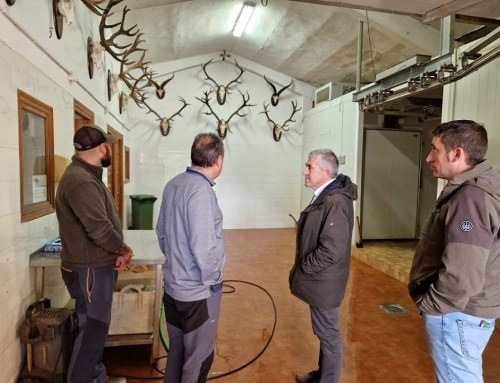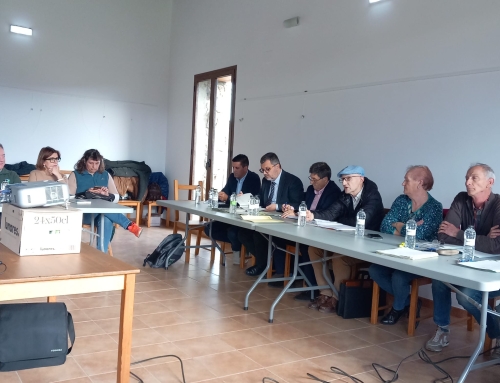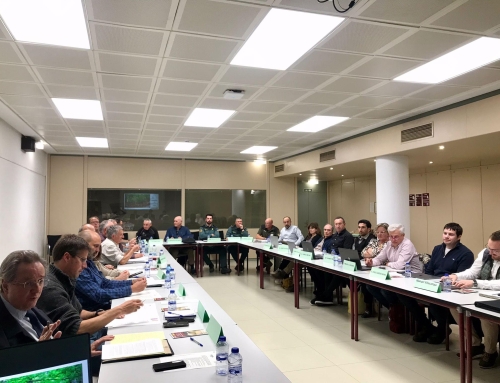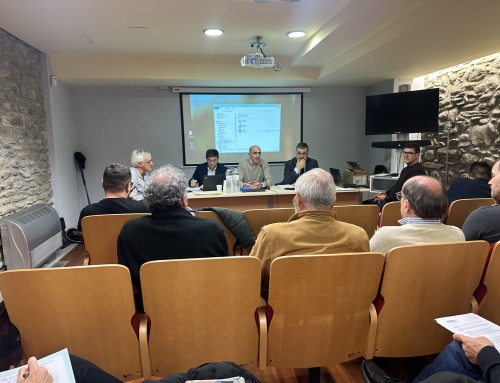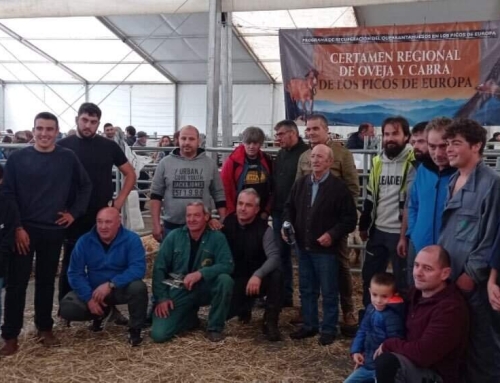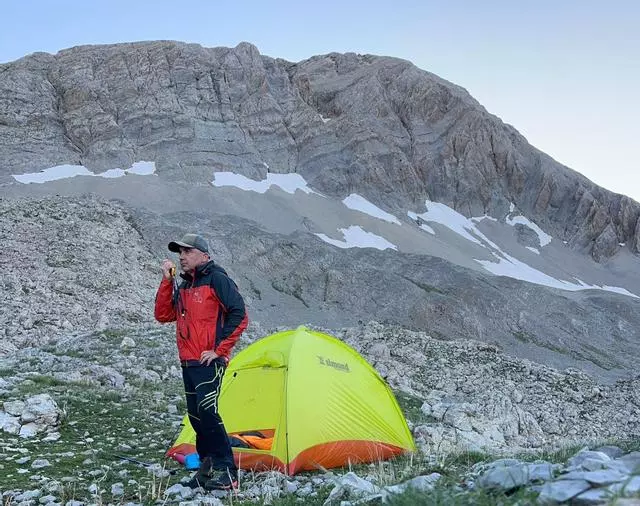
Ornithologists take to the summits of the Pyrenees for the first major census of the ptarmigan.
The organization SEO Birlife is combing the high areas of the Pyrenees to know the exact population of high mountain birds. The alpine sparrow and the boreal owl are other species being tracked. It is necessary to climb to more than 2,000 meters high to hear the song of three of the most emblematic species of the Pyrenees. The ptarmigan, the alpine sparrow and the boreal owl have their ecosystem there, in an environment that is elusive to humans, making it difficult to catalog and classify them. To remedy this circumstance, the Spanish Ornithological Society (SEO Birdlife) has launched the first comprehensive census of these birds in the entire mountain range and since May 15 have conducted a complicated fieldwork to identify and catalog the actual population of these species. The census is framed within two European directives that ensure the control of the fauna within the continent. Every six years a sweep has to be made to know in depth a certain type of species, however, in the case of high mountain birds it had not yet been faced in a direct way. Therefore, the SEO plan, in coordination with entities from Aragon, Navarra and Catalonia, will mark a before and after in the information we have about these birds. Mountain birds are a group about which there is not much information despite the fact that Spain has a generally mountainous orography.
These birds are considered especially sensitive to human activity and it is essential to obtain information that will be an important indicator for this type of habitat. For SEO’s coordinator in Aragón, Luis Tirado, this year’s census will allow us to obtain very reliable comparison data for the future. High mountain birds only have some partial censuses in Spain, mainly associated with natural parks, and there is no real quantification of their populations. In addition, the effects of climate change are especially noticeable in high mountain areas and information on the populations of this environment should be collected “as soon as possible,” says Tirado. The most suitable dates to listen to the song of the partridge, the sparrow and the little owl correspond to the period from mid-May to mid-July. It is also the time when it is easier to observe their flight, since this cataloging pays attention to both sound and visual evidence. According to the Pyrenean Institute of Ecology, work has been coordinated between Navarra, Aragon and Catalonia to obtain unified reports. The IPE has been in charge of combing the peaks of the Pyrenees of Alto Aragon with the exception of the region of La Ribagorza, which has fallen to the FCQ. “We are relatively satisfied after the collection of samples, as specimens have been detected in areas where there was no record of some of the three species thathave begun to be monitored,” explains the scientific researcher of the center, Jesús Martínez. Although it is still too early to draw conclusions (the presentation of the first reports on the census will take place in October), the ornithological groups are saying that measures will have to be taken in a short time to guarantee the conservation of the ptarmigan. The same has happened with the Alpine sparrow, although in the case of this species they are more optimistic. And caution also prevails for the boreal owl, with a presence in unexpected areas but very affected by the change in ecosystems. “We believe that the administrations will have to implement serious plans to improve their habitats; we can’t do nothing for much longer,” says Martínez.
Climate change
The FCQ has recently finished collecting evidence of the presence of these three birds. ” They are species about which very little is known, and it is also necessary to move a lot of equipment, but the effort is really worth it,” explains the coordinator of the monitoring actions, Juan Antonio Gil. alpine is essential in a context of global warming because of the high sensitivity of these specimens to temperature change . It is also due to the tourist overcrowding of some mountain routes. As winters become warmer, birds are forced to modify their nesting and breeding habits to adapt to the new conditions and hide their presence from humans. This causes them to take refuge at higher and higher altitudes. “The ecosystems of the Pyrenees are tremendously sensitive, so we have to be attentive to everything that happens,” explains Tirado.
Now that the data collection has been completed, the ornithologists can breathe easy. “It has been very hard work, with days of waiting at the summit surrounded by rain, wind and fog, but we can celebrate the coordination with which we have worked,” he says. Not in vain, it is the first time they have tackled such extensive fieldwork and for so many territories. Collecting visual and sound evidence of the presence of the ptarmigan, the alpine sparrow and the boreal owl has not been easy. The specimens live above 2,000 meters and SEO Birdlife has opted for volunteers with some knowledge of ornithology. A typical sampling expedition begins with the ascent to the camping area, generally in rocky and snowy areas. After pitching the tents, it is time to wait until five o’clock in the morning to start listening to the song of the birds to be censused. The work, following a previously marked route, extends until a few hours after sunrise.
Source:
